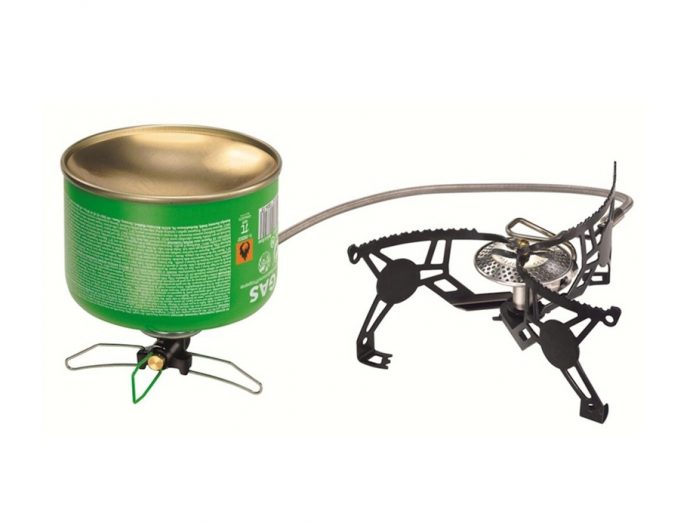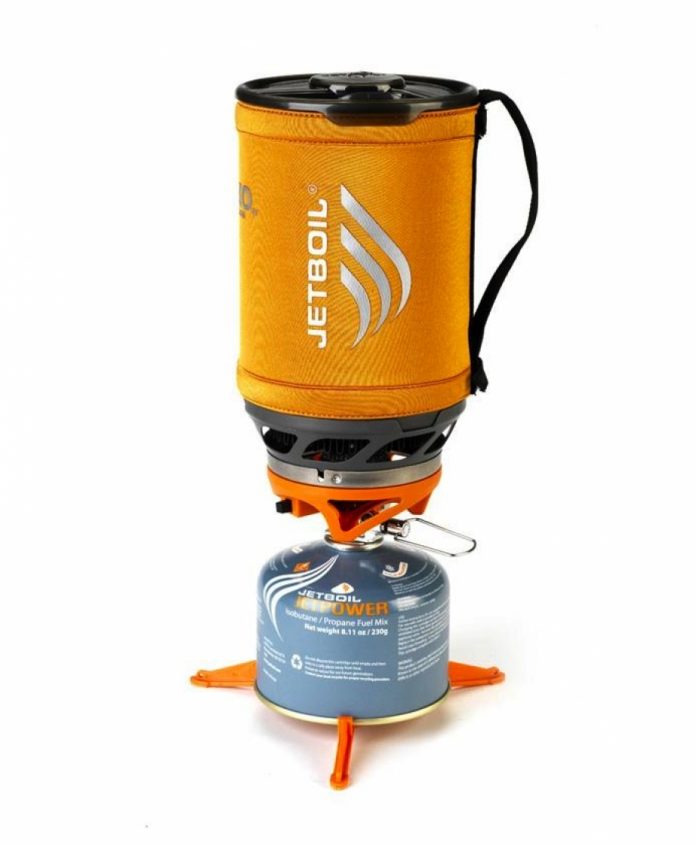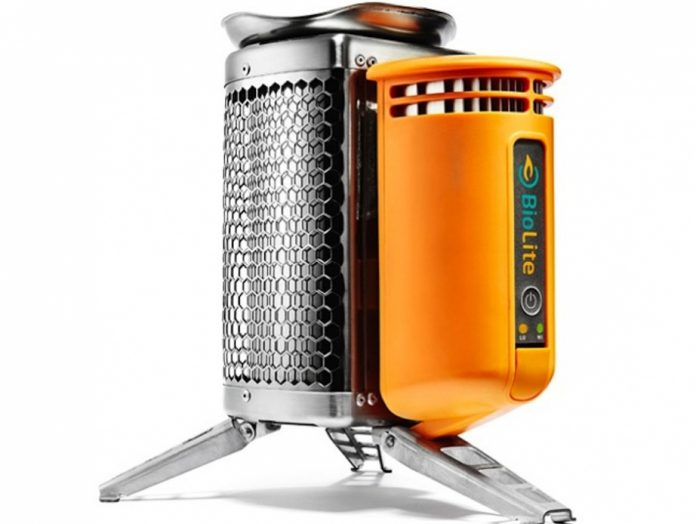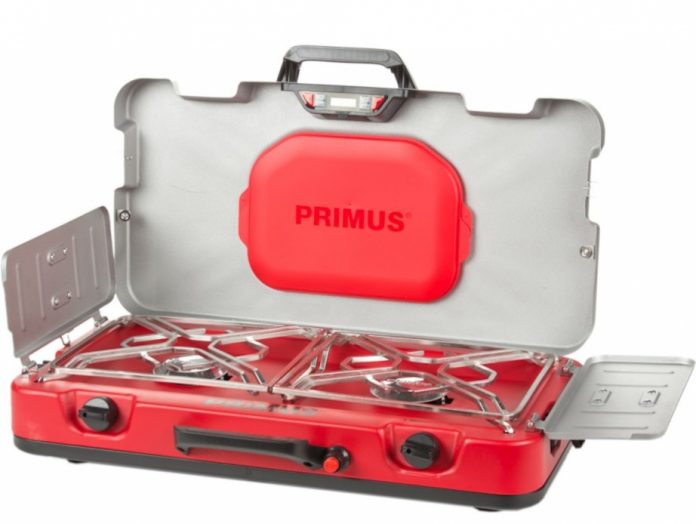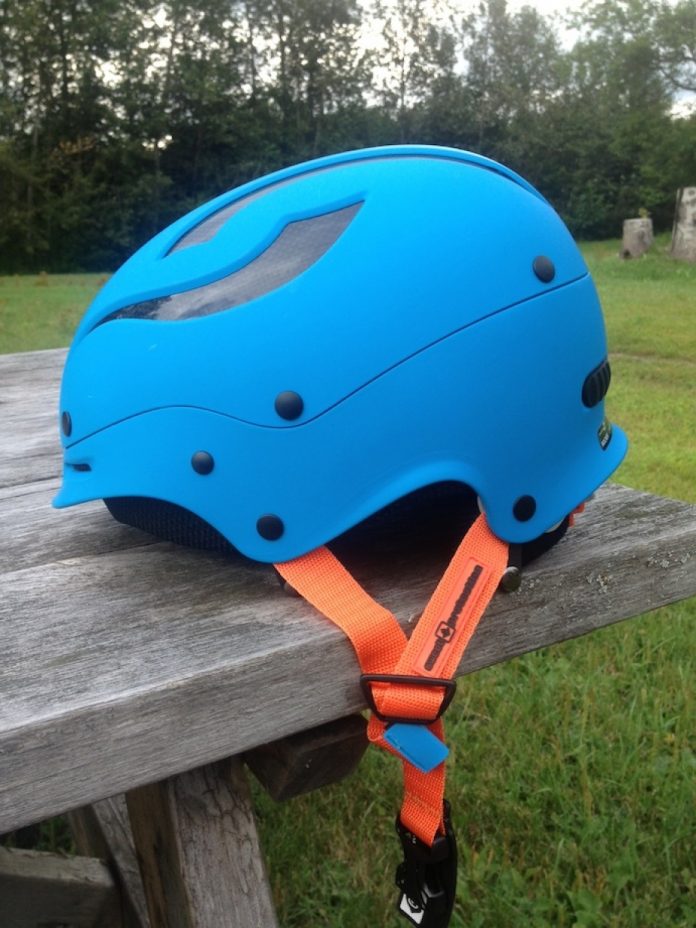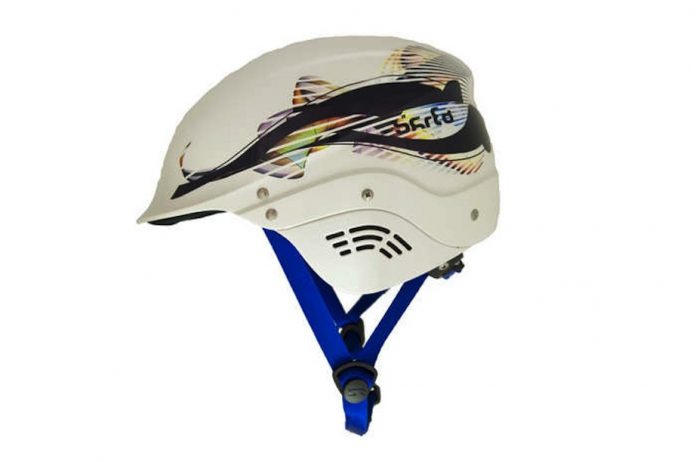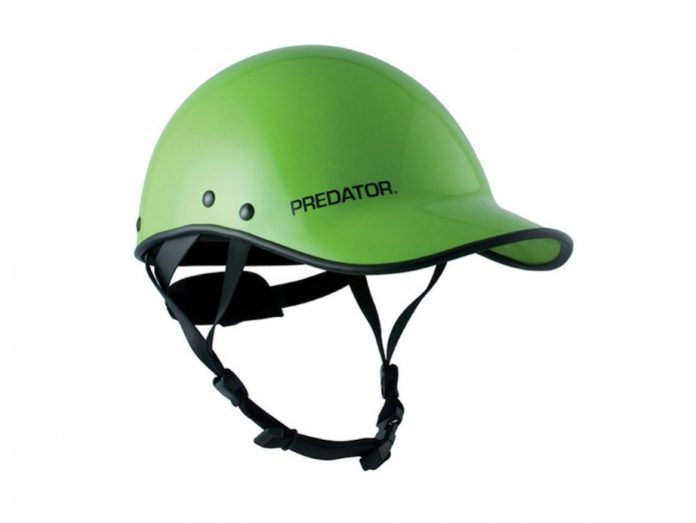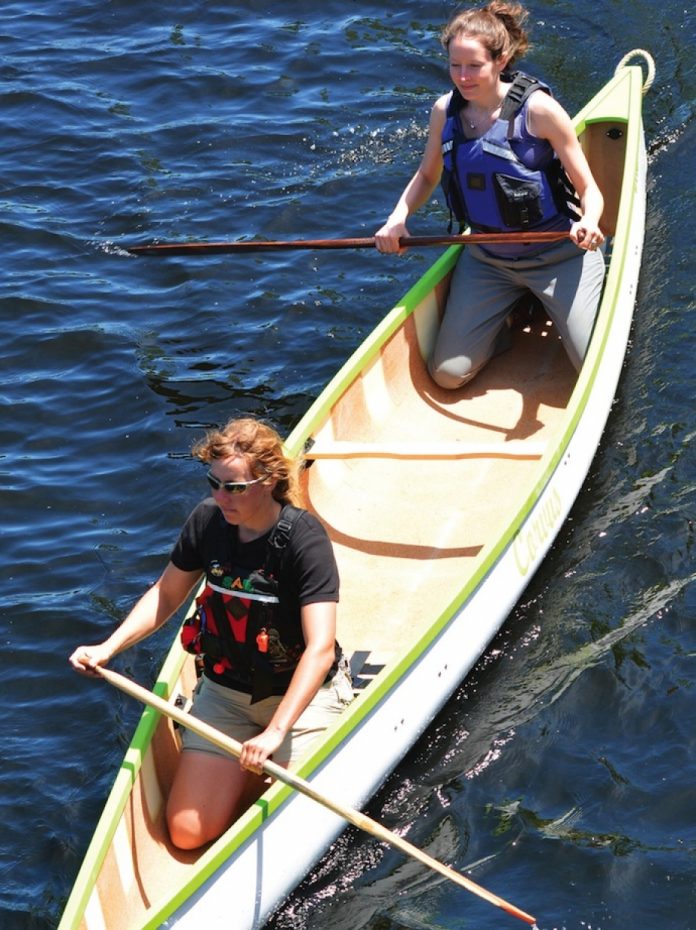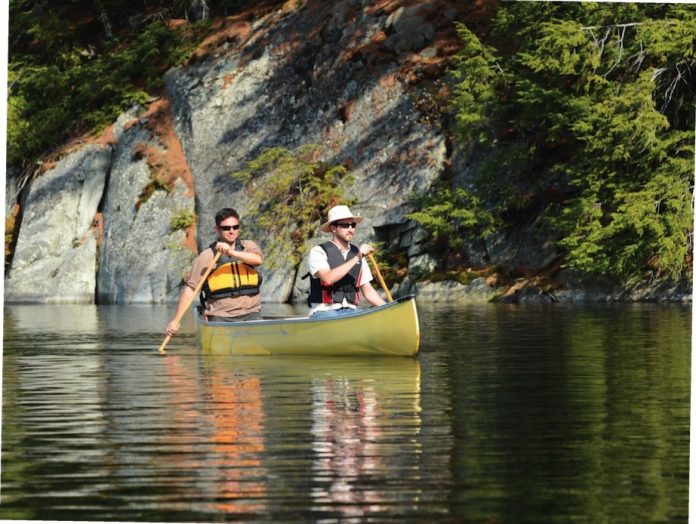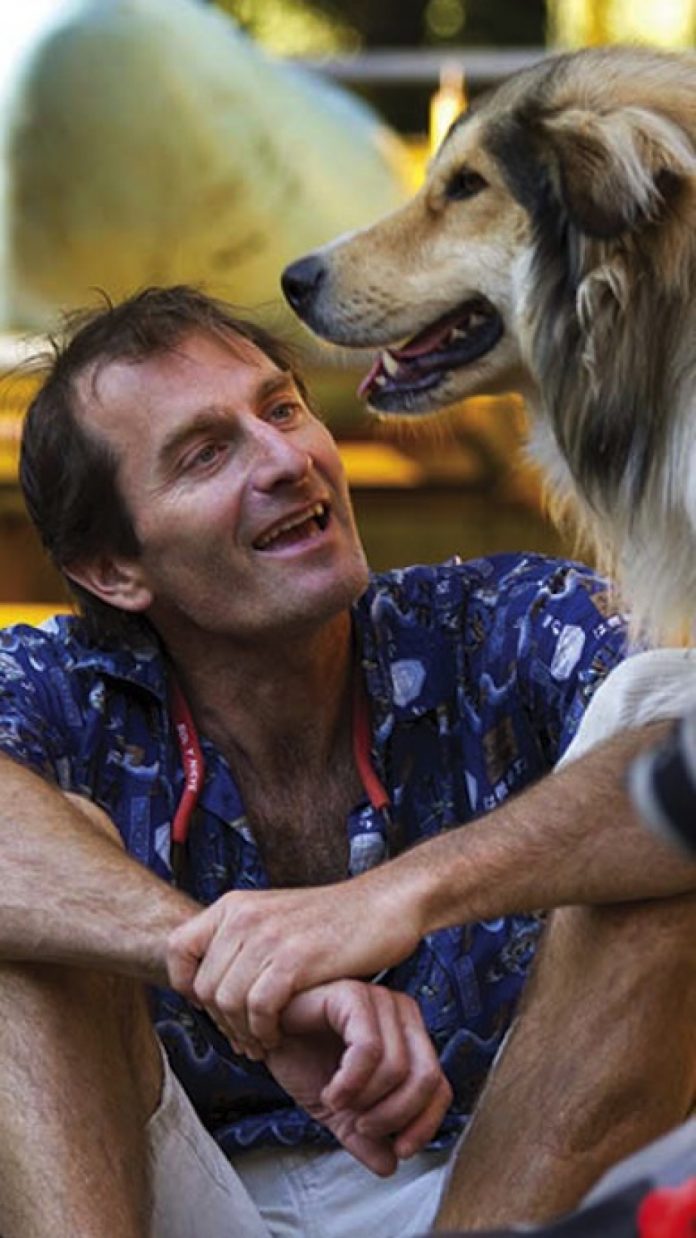Unique and eco-friendly, Trapper’s Corvus will ensure you’re the talk of the canoe club. The smallest of Trapper’s expedition series, the sturdy Corvus was designed with both daytrips and weeklong paddles in mind and is ideal for paddling on slow-moving rivers and lakes.
If you’re not familiar with Trapper, don’t worry—this is their first year in the North American market. We paddled one of the first Corvus canoes in the country. Manufactured in Estonia, Trapper’s Ecolite construction sets its boats apart.
“Canoeing is a very green sport and we tried to provide product for it,” says Marek Pohla, co-owner of Tahe Marine, parent company of Trapper.
The Corvus’ laminate consists of woven biotex fabrics, cork, aramid and fiberglass. While Polha is resistant to claiming the title of most eco-friendly canoe line in the world, he does admit that he doesn’t know any other manufacturers going the same distance to create such ecologically sound boats.
Polha explains that 99 percent of the attractive cork that lines the hull is recycled, a byproduct of winemaking.
“When they make the cork for the wine bottle the rest is left, it’s recycled in sheet material and used in the base of the canoe,” he says.
Linen and hemp fabrics are used in the construction as well, which are over 90 percent natural products…
This article originally appeared in Canoeroots & Family Camping, Summer/Fall 2013. To read the rest of this review, download our free iPad/iPhone/iPod Touch App or Android App or read it here.



